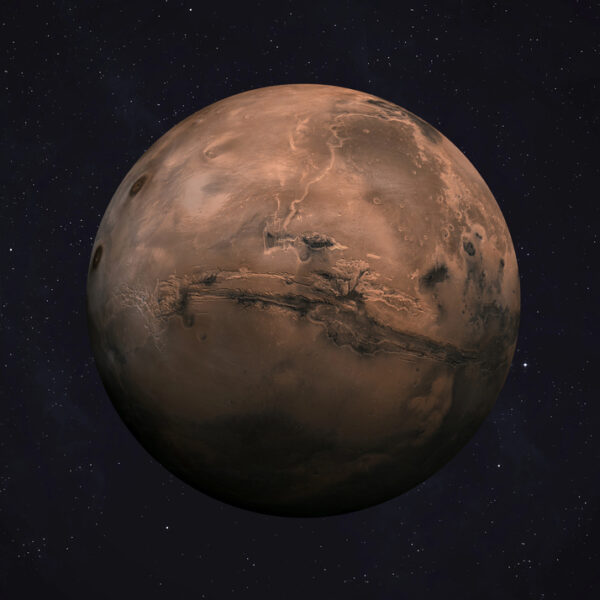Mercury’s mysterious makeup may be the result of a grazing “hit and run” collision between two similar-sized protoplanets in the early solar system, a new study suggests.
Mercury, the smallest and innermost planet in our solar system, has a number of unusual characteristics that have long puzzled scientists. Despite being only slightly larger than Earth’s moon, Mercury is extraordinarily dense. It boasts a disproportionately large, iron-rich core that makes up about 60% of its mass — twice that of other rocky planets such as Earth, Venus or Mars — challenging commonly accepted theories of planetary formation.
Adding to the mystery, data from NASA’s MESSENGER probe, which orbited Mercury between 2011 and 2015, revealed that the planet’s surface is surprisingly rich in volatile elements, including potassium, sulfur and sodium. These elements should have been stripped away had the planet endured a rare, single, massive impact in its youth, as researchers previously theorized.
“Writer Fuel” is a series of cool real-world stories that might inspire your little writer heart. Check out our Writer Fuel page on the LimFic blog for more inspiration.


